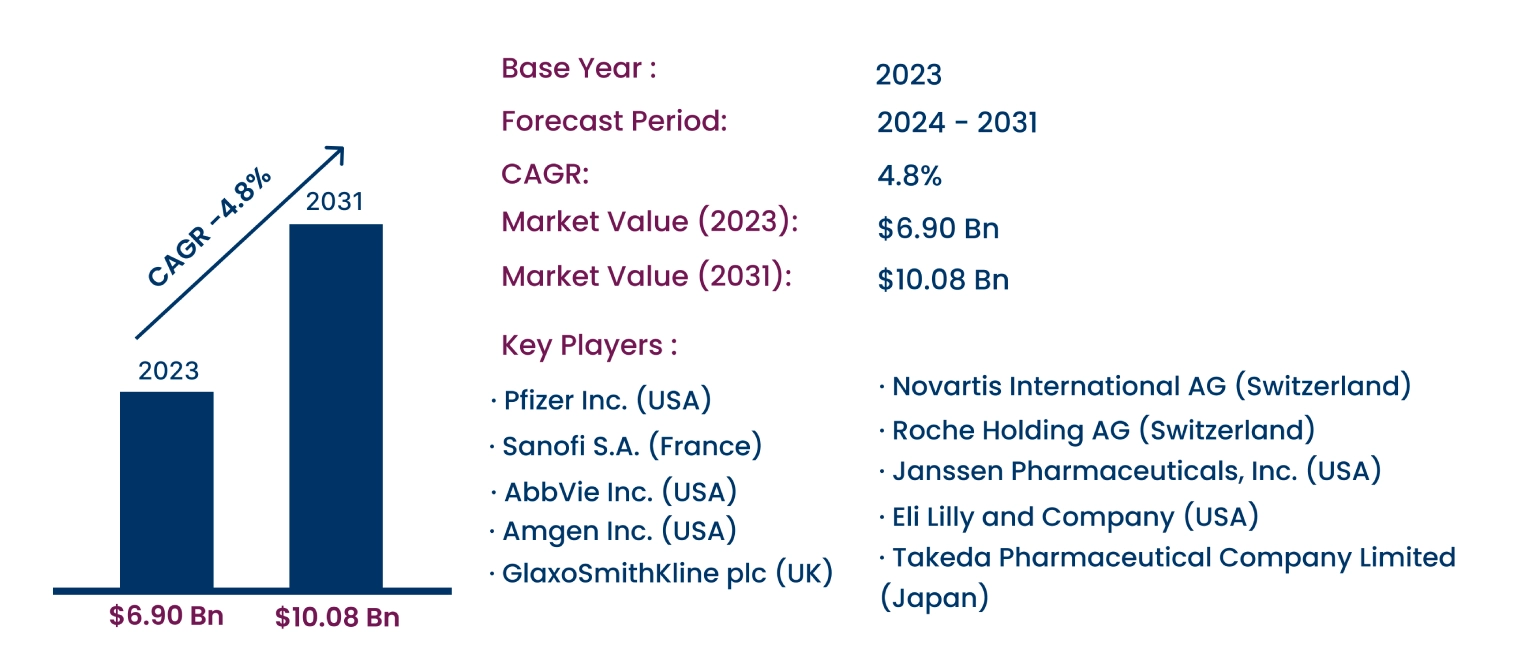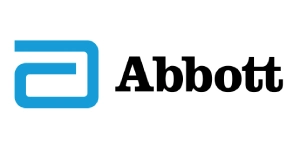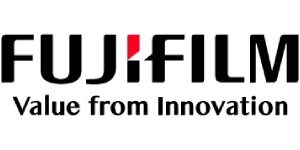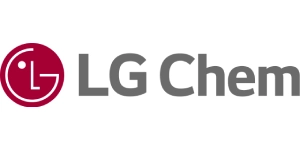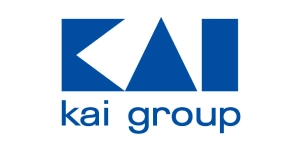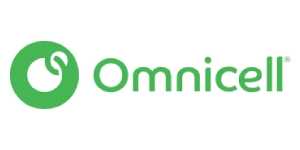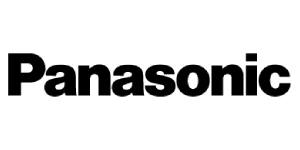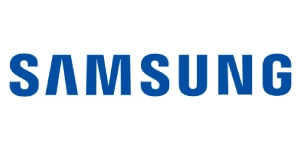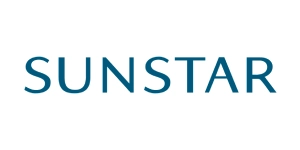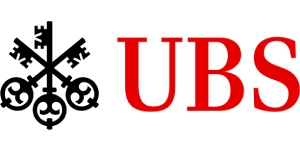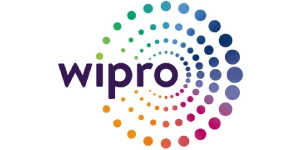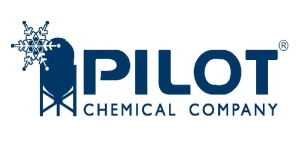Global Acquired Aplastic Anemia Market to Reach USD 10.08 Billion by 2031 | CAGR of 4.8%
Category : Healthcare | Published Date : Oct 2024 | Type : Press Release
Acquired Aplastic Anemia Market Scope & Overview:
In the newly published report Consegic Business Intelligence states that the Acquired Aplastic Anemia Market was valued at USD 6.90 Billion in 2023 and is projected to reach USD 10.08 Billion by 2031, growing at a CAGR of 4.8% from 2024 to 2031. Acquired aplastic anemia is a rare but life-threatening condition where the bone marrow fails to produce sufficient blood cells, leading to anemia, infection risks, and bleeding complications. Caused by immune dysfunction, environmental toxins, or viral infections, this disorder is managed through treatments like immunosuppressive therapy (IST), blood transfusions, and, in severe cases, bone marrow transplantation (BMT).
The report comprises the Acquired Aplastic Anemia Market Share, Size & Industry Analysis, By Type (Moderate Aplastic Anemia, Severe Aplastic Anemia, Very Severe Aplastic Anemia), By Treatment (Immunosuppressive Therapy, Anti-Thymocyte Globulin, Cyclosporine, Corticosteroids, Bone Marrow Transplantation, Blood Transfusions, Growth Factors, Others), By End-User (Hospitals, Specialty Clinics, Research Institutes, Others), and By Region (North America, Europe, Asia-Pacific, Latin America, Middle East & Africa), and Forecast, 2024-2031.
The report contains detailed information on Acquired Aplastic Anemia Market Trends, Opportunities, Value, Growth Rate, Segmentation, Geographical Coverage, Company Profile, In-depth Expert Analysis, Revenue Forecast, Competitive Landscape, Growth Factors, Restraints or Challenges, Environment & Regulatory Landscape, PESTLE Analysis, PORTER Analysis, Key Technology Landscape, Value Chain Analysis, and Cost Analysis.
The rising incidence of acquired aplastic anemia and advancements in diagnostic tools are primary market drivers. Furthermore, innovations in stem cell and gene therapy represent future growth opportunities.
Segmental Analysis :
Based on type, the market is segmented into moderate aplastic anemia, severe aplastic anemia, and very severe aplastic anemia.
- Severe aplastic anemia (SAA) held the largest share in 2023, driven by the high prevalence and need for intensive medical intervention. SAA often necessitates treatments like IST and BMT for effective management.
- Very severe aplastic anemia (VSAA) is anticipated to grow rapidly, with rising awareness and improvements in aggressive treatment strategies, such as advanced transplantation techniques.
Based on treatment, the market is segmented into immunosuppressive therapy, anti-thymocyte globulin, cyclosporine, corticosteroids, bone marrow transplantation, blood transfusions, growth factors, and others.
- Immunosuppressive therapy (IST) was the leading segment in 2023 due to its efficacy in managing severe cases and its role as the primary treatment for patients lacking a bone marrow donor.
- Bone marrow transplantation (BMT) is projected to grow rapidly as a curative treatment for younger patients, supported by advances in donor matching and transplantation technology.
Based on end-user, the market is segmented into hospitals, specialty clinics, research institutes, and others.
- Hospitals held the largest share in 2023, given their comprehensive care facilities and advanced treatment infrastructure for bone marrow failure disorders.
- Specialty clinics are anticipated to experience the fastest growth, driven by the growing preference for outpatient and personalized care, especially in hematology and oncology settings.
Based on regions, the global market is segmented into North America, Europe, Asia-Pacific, Middle East & Africa, and Latin America.
- North America dominated the market in 2023, owing to advanced healthcare infrastructure, research investments, and awareness initiatives in the U.S. and Canada.
- Asia-Pacific is projected to grow rapidly, with investments in healthcare, rising prevalence of blood disorders, and expanded access to diagnostic and therapeutic options in China, Japan, and India.
| Report Attributes | Report Details |
| Study Timeline | 2018-2031 |
| Market Size in 2031 | USD 10.08 Billion |
| CAGR (2024-2031) | 4.8% |
| By Type | Moderate Aplastic Anemia, Severe Aplastic Anemia, Very Severe Aplastic Anemia |
| By Treatment | Immunosuppressive Therapy, Anti-Thymocyte Globulin, Cyclosporine, Corticosteroids, Bone Marrow Transplantation, Blood Transfusions, Growth Factors, Others |
| By End-User | Hospitals, Specialty Clinics, Research Institutes, Others |
| By Region | North America(U.S., Canada, Mexico) Europe(U.K., Germany, France, Spain, Italy, Russia, Benelux, Rest of Europe) APAC(China, South Korea, Japan, India, Australia, ASEAN, Rest of Asia-Pacific) Middle East & Africa(GCC, Turkey, South Africa, Rest of MEA) LATAM(Brazil, Argentina, Chile, Rest of LATAM) |
Top Key Players & Competitive Landscape :
The competitive landscape encompasses major innovators, aftermarket service providers, industry giants, and niche players, all of which are thoroughly examined by Consegic Business Intelligence in terms of their strengths, weaknesses, and value-addition potential. This report includes detailed profiles of key players, market share analysis, mergers and acquisitions, resulting market fragmentation, and emerging partnership trends and dynamics.
List of prominent players in the Acquired Aplastic Anemia Industry:
- Novartis International AG (Switzerland)
- Pfizer Inc. (USA)
- Sanofi S.A. (France)
- Roche Holding AG (Switzerland)
- AbbVie Inc. (USA)
- Amgen Inc. (USA)
- Janssen Pharmaceuticals, Inc. (USA)
- Eli Lilly and Company (USA)
- GlaxoSmithKline plc (UK)
- Takeda Pharmaceutical Company Limited (Japan)
Recent Industry Developments :
- In April 2021, Amgen acquired Five Prime Therapeutics for approximately $1.9 billion, enhancing its portfolio in immuno-oncology and targeted therapies.
- In December 2020, Bayer acquired Asklepios BioPharmaceutical, bolstering its capabilities in gene therapy and cell-based treatments for rare conditions.
